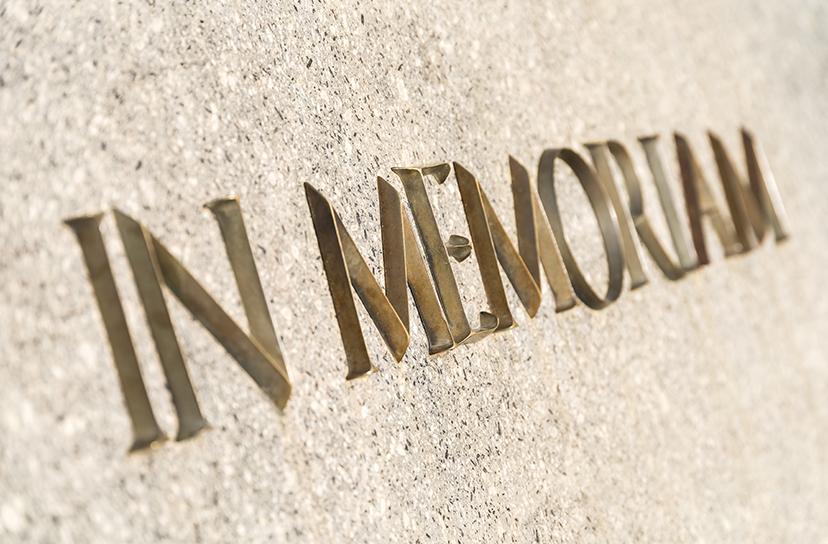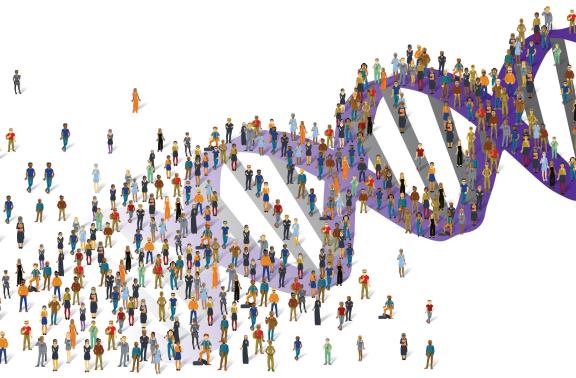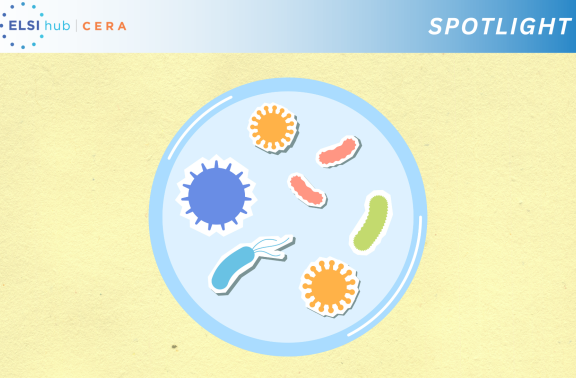
Albert R. Jonsen, PhD (1931-2020) Foundational Scholar of Bioethics
Albert R. Jonsen, PhD (1931-2020), a foundational figure and scholar in bioethics, died at his home in San Francisco on October 21, 2020. His extraordinary contributions to the field of bioethics and to the work and lives of countless colleagues, mentees and friends leave a rich legacy; he will be sorely missed. Please learn more at "In Memory of Al Jonsen."
Barbara Koenig, PhD, RN, Direcor of the UCSF Program in Bioethics, shared her reflections:
Albert R. Jonsen and Bioethics at UCSF*
Reflecting on the history of bioethics teaching at UCSF, my thoughts turn to Al Jonsen. While creating a space for bioethics on the campus, Al shaped my career, and the new discipline. In the early 1970s Al was invited by former chancellor Phil Lee to join the Institute for Health Policy Studies at UCSF, with “ethics” as his remit. I arrived a few years after Al, working first as nurse at UCSF and later a PhD student.
What was the appropriate role of the healer in the face of impressive new technologies such as those deployed in the NICU? One of the first things I did during my initial year of graduate school, was to drop by Al’s office in an old house on a steep hill adjacent to the hospital’s Parnassus Campus. (Third Avenue for those who remember it.)
At UCSF, there wasn’t a bioethics department, there were no formal courses, there wasn’t really a “field” of bioethics then. There was a zone of intense intellectual engagement that centered around Al. We gathered together, read, and talked; the location was Al’s rooftop study above his flat in San Francisco’s Marina district. I remember that you had to walk through the kitchen and go outside through the open air. It was a very inter-disciplinary group—mostly clinicians. We read papers by philosophers and scientists, teaching each other the new field as we went along. Philosophers explained meta ethics, clinicians shared the dilemmas they faced.
Al was the magnet. I was deeply influenced by the circle of people who attended those rooftop seminars. The cast of characters included Larry Nelson, Andy Jameton, Elena Gates, Henry Perkins, Bill Anderick, and Bernie Lo. Chris Cassel suggested the technology I should study for my PhD thesis, titled, The Technological Imperative in Medical Practice. I always felt that I knew the least of anyone present, but I was delighted to be one of the crew gathered on the roof. Eventually Al joined my PhD committee. He helped me craft an approach to thinking about the “anthropological study of morality” in particular healing environments. How can we think about the nature of the good? It is a question that continues to consume us all.
Al’s approach to bioethics teaching was to write, to think, and to act. In 1983 he published a Sounding Board in the New England Journal of Medicine called “Watching the Doctor.” It was stunningly perceptive. Describing his task as “professing medical ethics,” Al hypothesized that “academic doctor watching can benefit and improve the relationships between patients and doctors.” He concluded that “a profound moral paradox pervades medicine”: self interest vs. altruism.
Al suggested a wide range of sources: I distinctly recall reading the philosopher John Dewey, grappling in Al’s office with the American pragmatists and their keen focus on how broad contextual features influence different approaches to leading a moral life. We struggled together with the distinction between ethical and cultural relativism. I was only a student, it was only later that I fully grasp Al’s intellectual contributions, such as his work with Steven Toulmin on the history of casuistry.
And all the time I was studying, Al was flying back and forth to Washington because of his service on the “President's Commission for the Study of Ethical Problems in Medicine and Biomedical and Behavioral Research.” I now wonder how he found the time to teach? But it’s funny—I don’t remember his absences—just the presence.
The HIV epidemic was ever present in those early years. Al had given me a one sentence assignment to draw up a research agenda after I finished my thesis. (Amazingly, someone had given him a pot of money that needed to be spent, there was no grant writing). He wrote: “Barbara, can you study how doctors learn to care for dying patients?” I designed a study that set out to do so, and walked into the epidemic’s path. During my first year “in the field,” one third of deaths at San Francisco General Hospital were from HIV.
Dr. Robert Brody, who was one of the first chairs of the SFGH ethics committee, recalled how Al responded. In the early 1980s, fear of what soon came to be called AIDS was rampant and intense. Professionals refused to provide services or donned space suits. Dr. Brody recalls Al’s visit to the nascent SFGH ethics committee that was grappling with the issue of “refusal of care.” How should we think about professional responsibility during a raging epidemic? Al responded not with a lecture about principles but with a history lesson, arriving with props: including the large beaked mask of the medieval plague doctor. “Altruism vs. self interest” – the paradox built into the heart of healing.
Al taught ethics through those conversations. He also created “ethics rounds,” regularly working with hospital teams, such as UCSF’s pioneering fetal surgery group.
As Director of UCSF Bioethics I have the serious challenge of trying to maintain that vivid institutional culture, that intense zone of engagement, that brings together scholars and clinicians from throughout the campus.
Al’s work foreshadowed what is now known as “embedded ethics” or the “empirical turn.” He did not reflect from a distance, but deeply engaged, seeking the “moral archeology” of each specific clinical or research context. As I reflect on the challenges to come: including complex issues like the dominance of the market in health care. I feel both challenged, and sustained, by his example.
*Originally published in SAN FRANCISCO MARIN MEDICINE


